China: Wudang, The Birthplace of Tai Chi
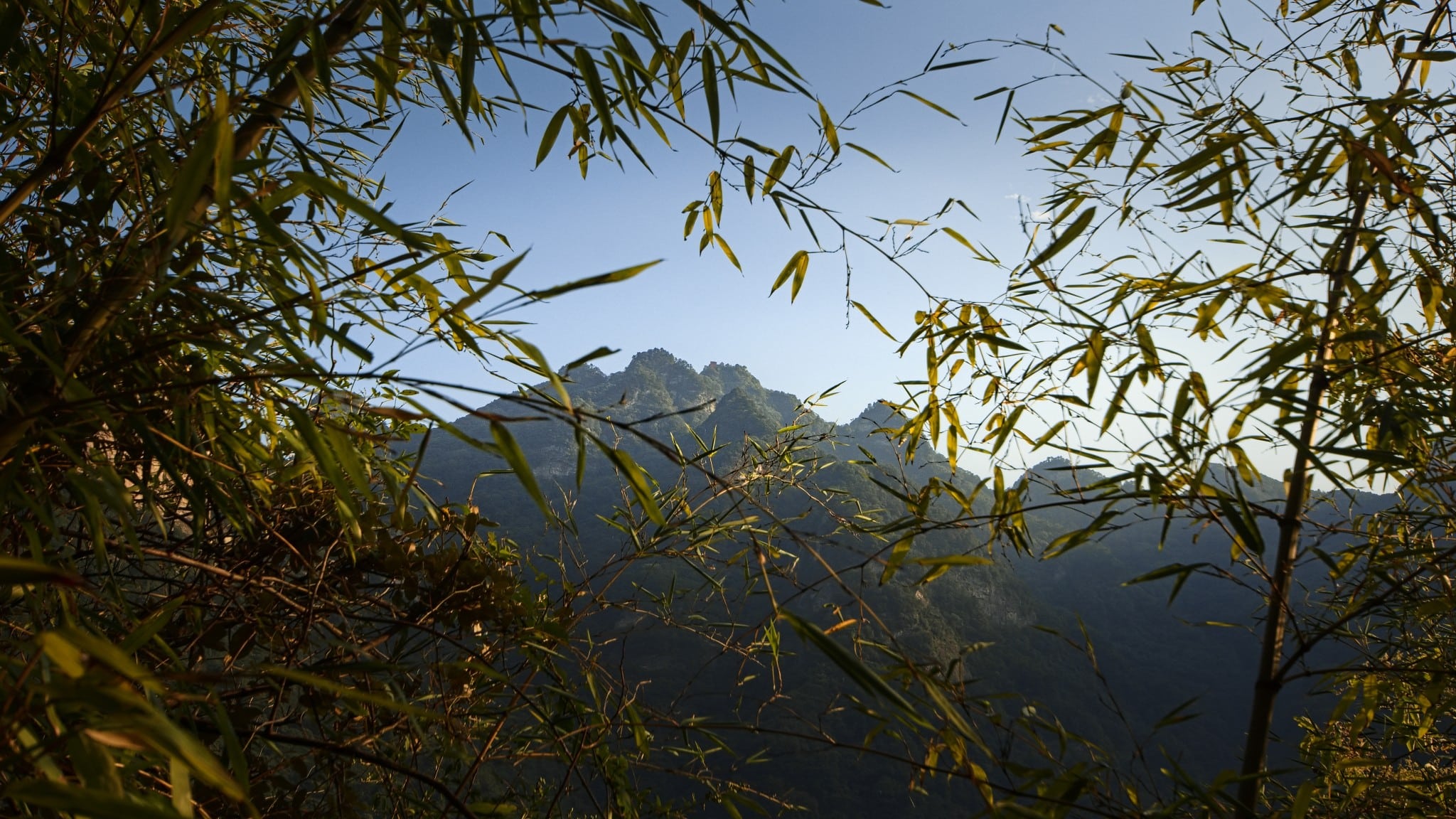
Wudang 武當山 is a mountainous realm shrouded in legend and the birthplace of several different types of martial arts. Since ancient times, it has been a place dedicated to training the body and mind. The Chinese philosopher Laozi 老子, most famous for his Book of Changes (I-Ching 易經), resided in these mountains.
The Book of Changes was written long before our time and has been translated into many languages worldwide. Given its ancient texts, the quality of translations varies significantly. It is often up to the reader to find the interpretation that resonates with them. Nevertheless, one thing is certain—Wudang’s traditions for internal development and training of the body and mind are world renown.
Let’s embark on a journey to the mountains. Apparently, there is a bus that goes directly from Xi’an (西安), but I can’t confirm this because I always take the night train. Don’t miss this experience if you want to immerse yourself in the local culture.
For an authentic experience, opt for Hard sleeper seats. In other words, second class. These are in a long sleeping car with no doors, separated into compartments of three-level bunk beds. Getting to the top is a true test of your body’s flexibility. Smoking is prohibited on trains today, and even though they claim the locals don’t sweat, the mix of smells can be intense at times.
Before heading into the mountains, we strolled through the valley town. It was raining, so we enjoyed the various shops along the main road. There are grocery stores right next to an auto repair shop and a store selling swords. Unfortunately, the times when you could buy a sword directly on the street and take it home are long gone.

According to the most recent information from the Wudang blacksmiths, carrying cold weapons is prohibited throughout China.
You can choose from beautifully decorated swords for display, to magnificent pieces made from Damascus steel and intricate engraving, crafted to be a custom fit by the blacksmith.
Upon arrival, the mountains play hide and seek.
In the morning, we set out for the mountains. Wudang is beautiful, and it would be a shame not to spend a few more days here. We booked accommodation in a village in the mountains. The mountain area has a one-time entrance fee, including all buses that travel between the valleys in the mountains, and you can stay there as long as you want.
It’s raining, the river level is rising, and there are few visitors in the mountains
It’s the perfect time to visit the most popular places and enjoy them in peace without other people. We embark on the traditional path through three peaks and three valleys to the highest peak of the mountain range. It’s as if the mountains were formed based on the text from the Book of Changes. The path leads along massive stone steps, and as my friend diligently counted, there are around five thousand to the 1,612 meter peak.
On the way up, we stopped to regain strength in a small temple and visit a cave where Master Laozi was said to have resided. Locals sat along the route, offering drinks and souvenirs. While the drinks were welcome, their price was almost thirty times higher than in the valley. Someone had to carry supplies up here on their back.
Golden Summit – 1,612 meters above sea level
Only a few steps stood between us and the summit, shrouded in mist. We arrived at the golden peak guarded by two golden cranes. Anyone who pets the cranes will have luck in life. We went for the spectacular view a few days later when the clouds cleared, and the architectural precision of the historic imperial city was visible.
You can either take the stairs back down or the cable car to the second valley and continue by bus from there.
Purple Cloud Temple
Wudang has many temples, but The Purple Cloud Temple, as seen in many films, stands out. The entrance is guarded by two large statues of the White Tiger and Green Dragon.
At the long staircase that serves as the entrance, you’ll find two giant stone turtles that represent one of the nine dragon sons. After climbing the long, wide staircase, you reach the central courtyard.
In older videos, you can see one of the last great Wudang masters, Master “Jo” [YOU Xuan De], practicing. Unfortunately, Tai Chi (太極拳) in its modern form is more kung-fu than martial arts. Still, there are masters from all over the world trying to perfect the art of movement and internal support.
Prince Slope and other temples in the area
If you have enough time, explore all the temples in the mountains. Each is unique and beautiful in its own way. The thoughtfully-designed structures hide various nooks and crannies. The young emperor himself stayed in the Prince Slope and learned martial arts in Wudang.
Some temples are hidden among the trees, others are carved in the cliff wall. And one of the temples is in the middle of a tea plantation, creating a picturesque composition with tea leaves.
The Carefree Valley
The architecture of the temples is fascinating, but don’t forget to allow enough time to explore the surrounding landscape. You can visit a tea plantation or go to the Carefree Valley. Walk in the opposite direction of the river’s flow, past a beautiful stone bridge, and if you’re lucky and the path isn’t underwater, climb further up into the peaks. The valley is often empty and beautifully peaceful and quiet.
We eventually left the tranquility of the valley and the Wudang Mountains, continuing our journey with a short stop in Chengdu, where we visited pandas, but more on that next time.
Check out more photos from my trip to Wudang in the gallery.

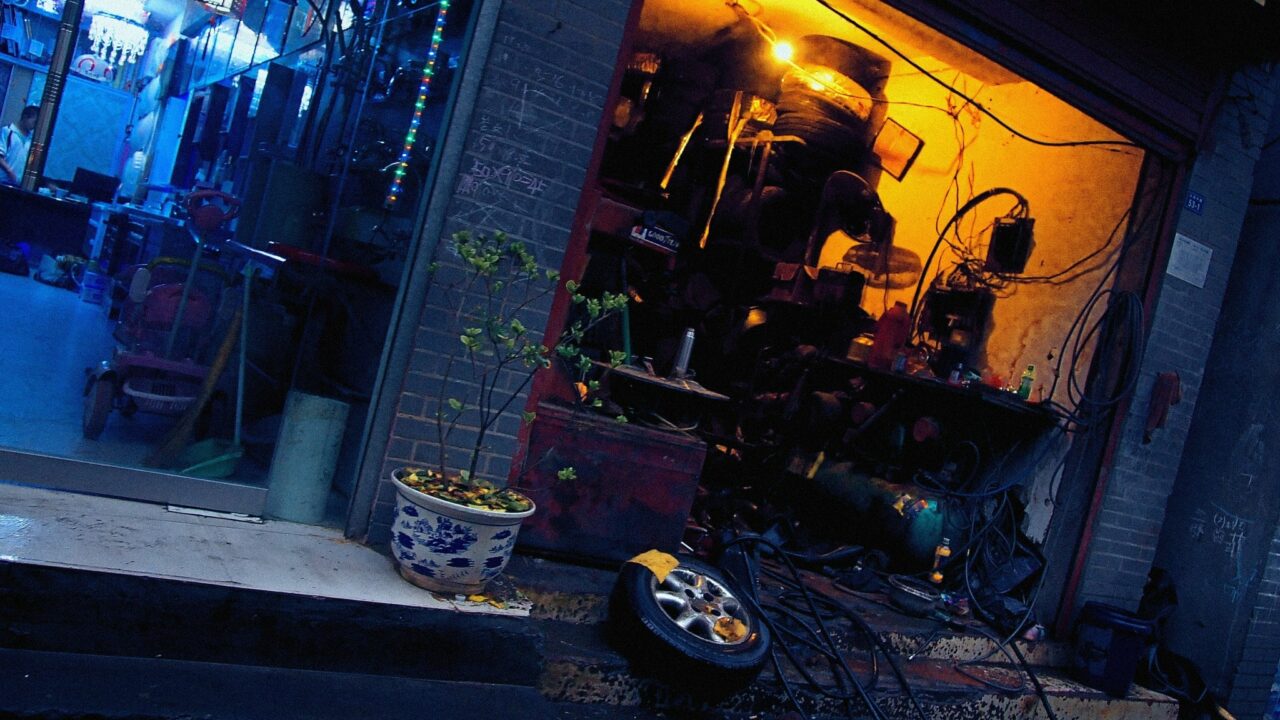
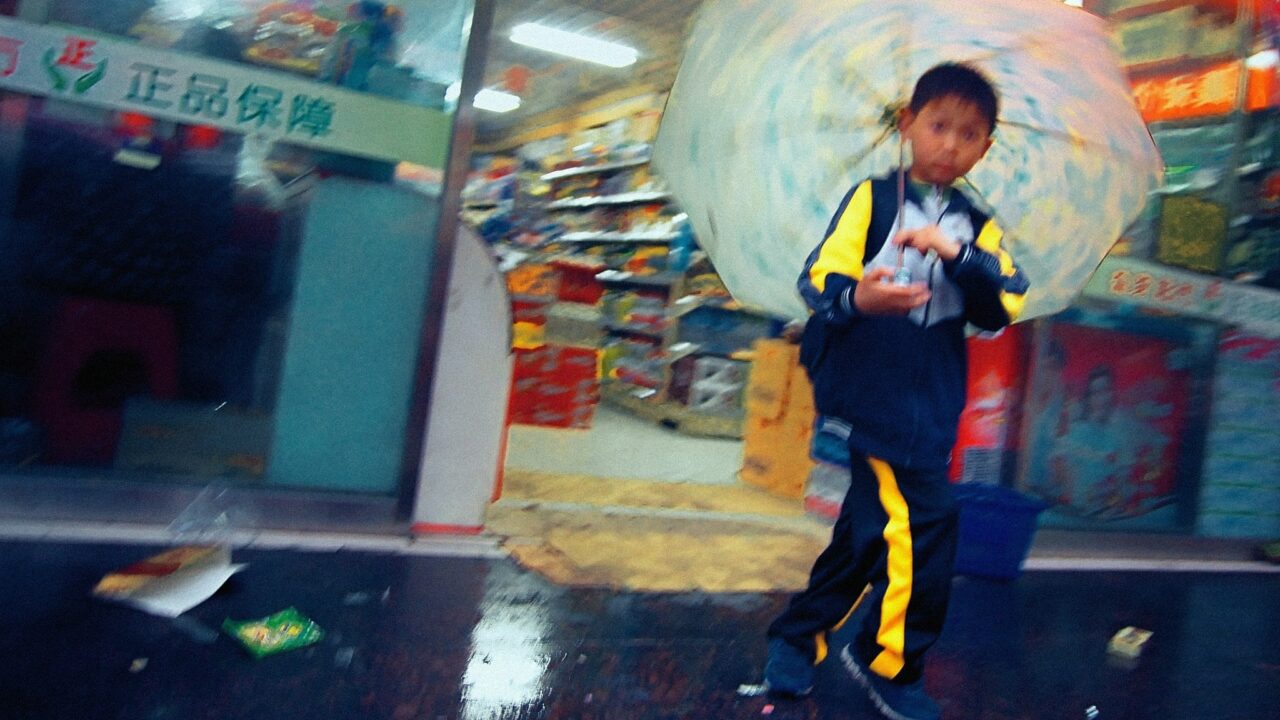
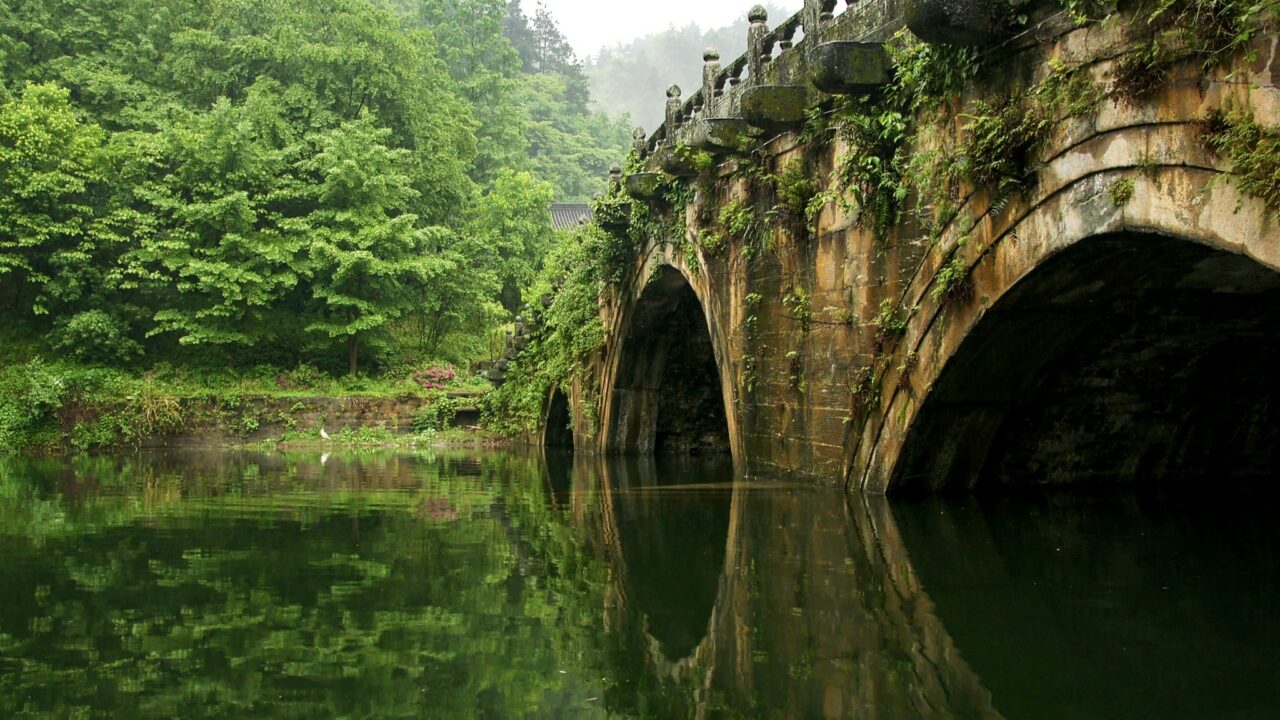

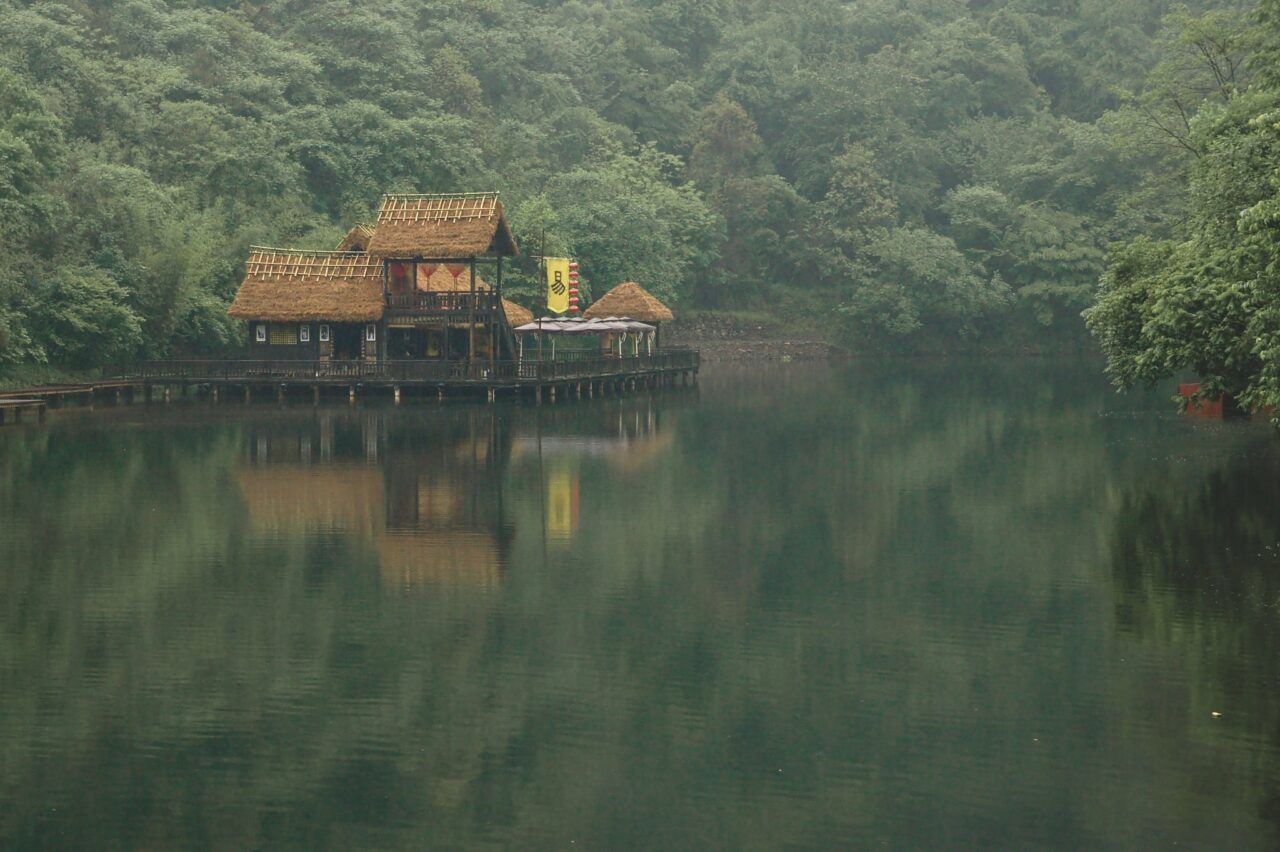
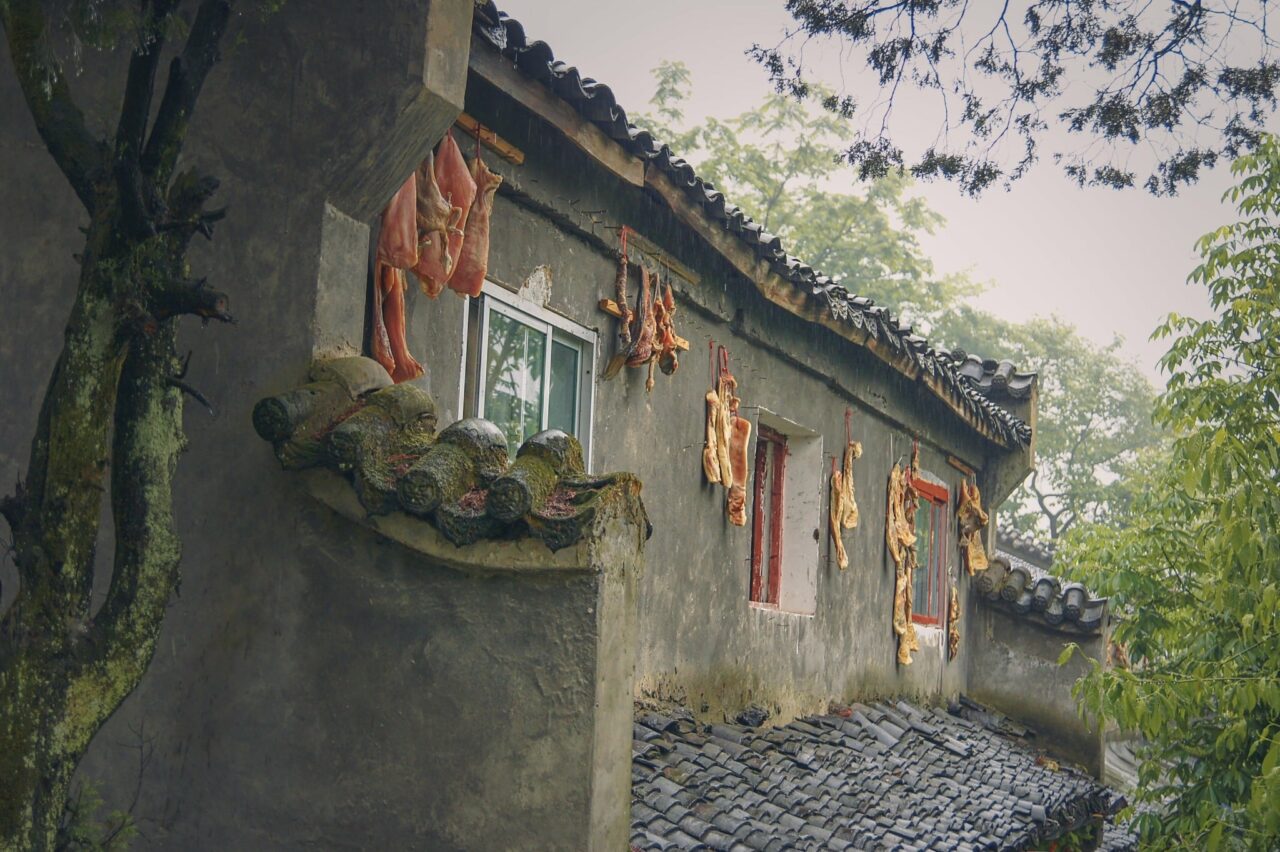
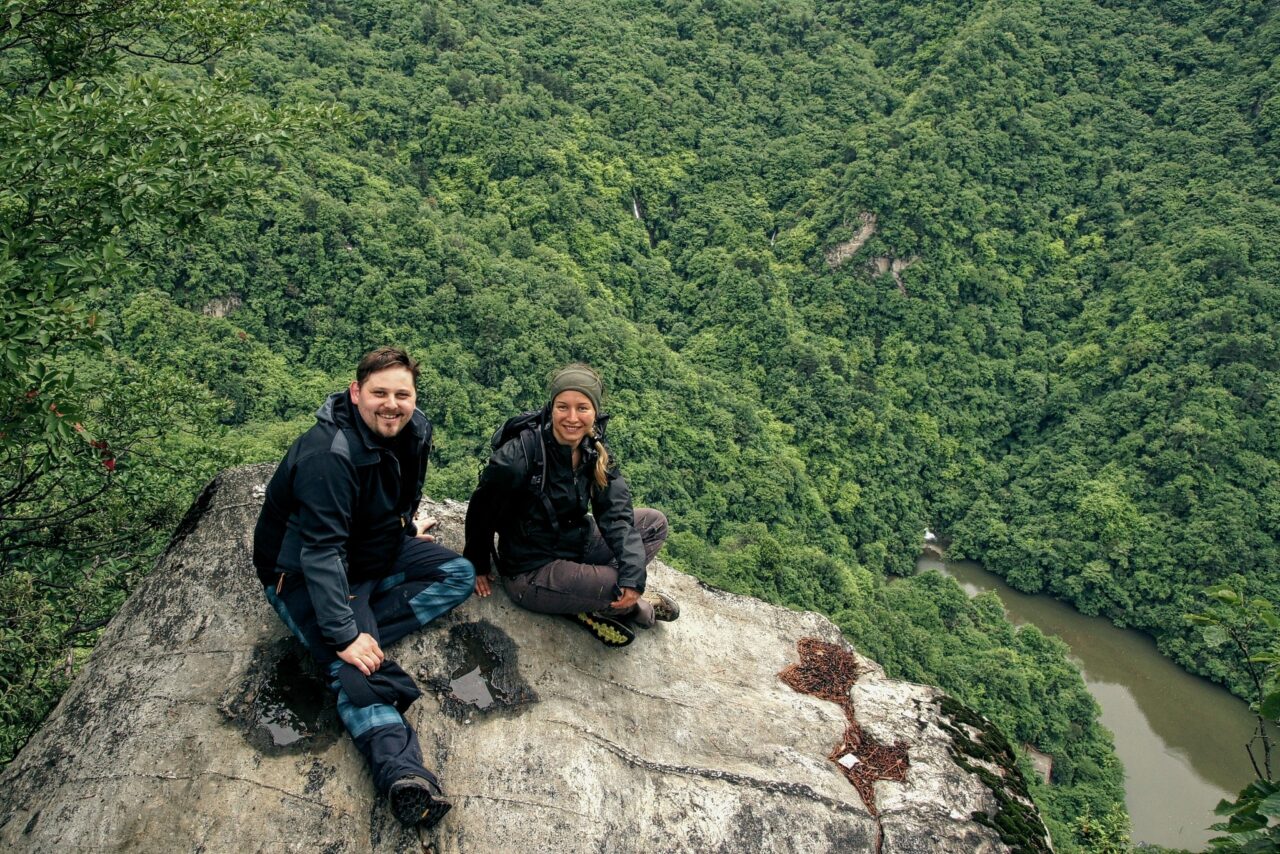
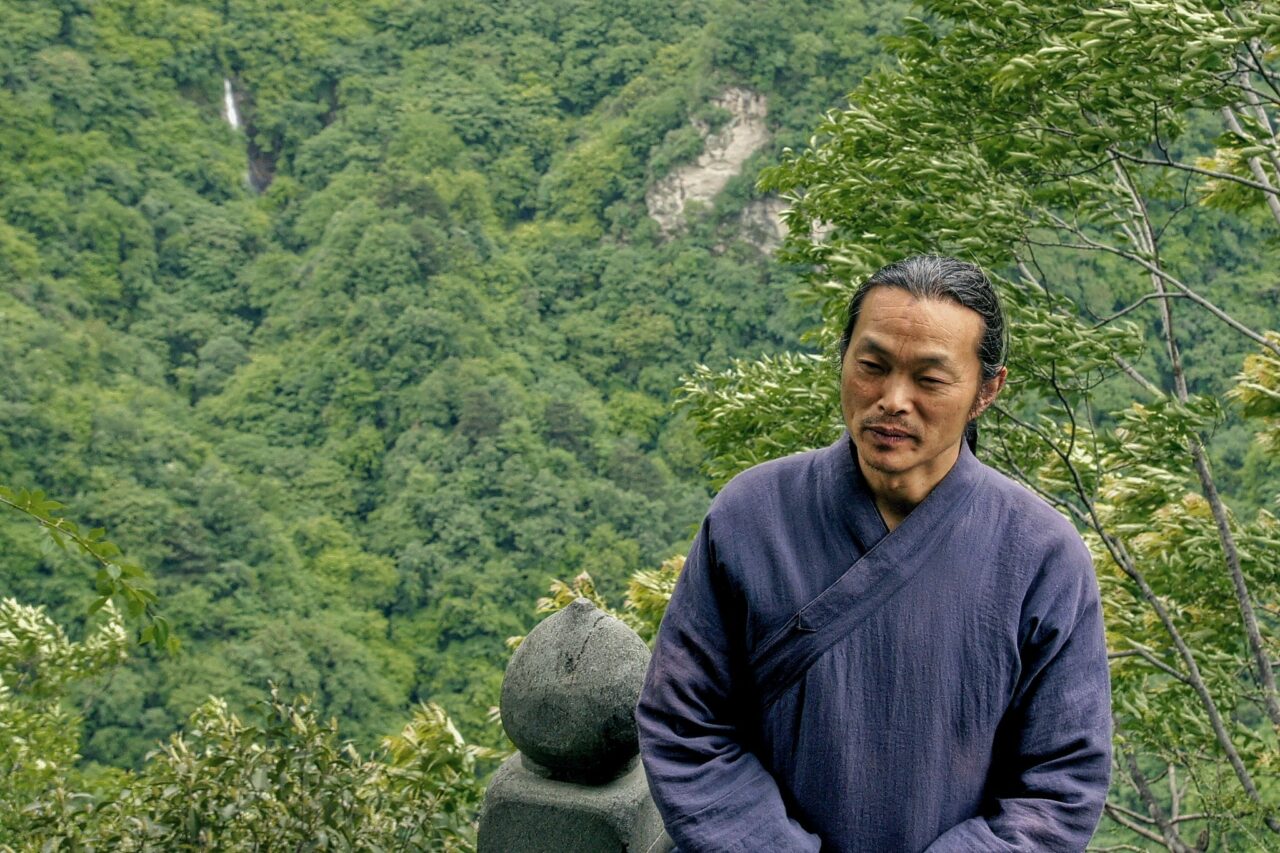
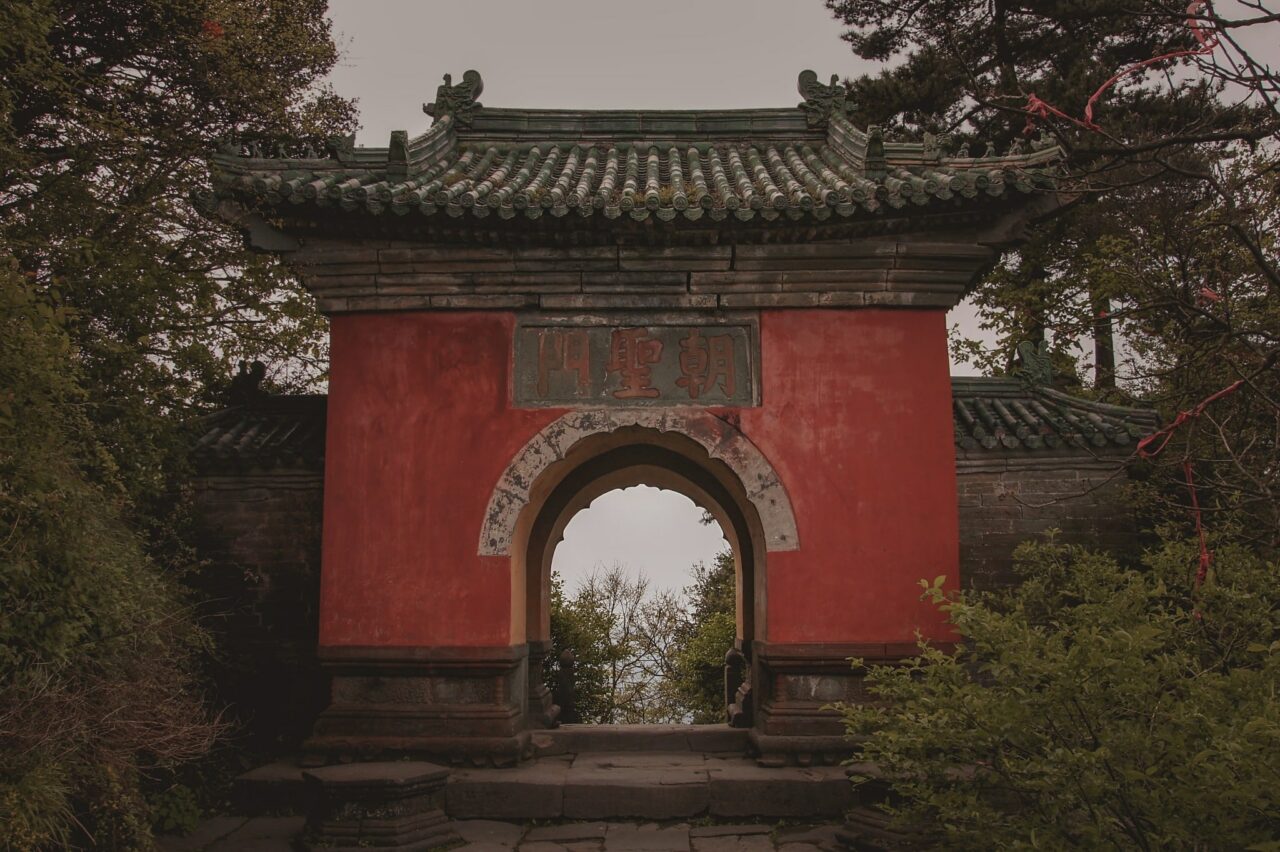

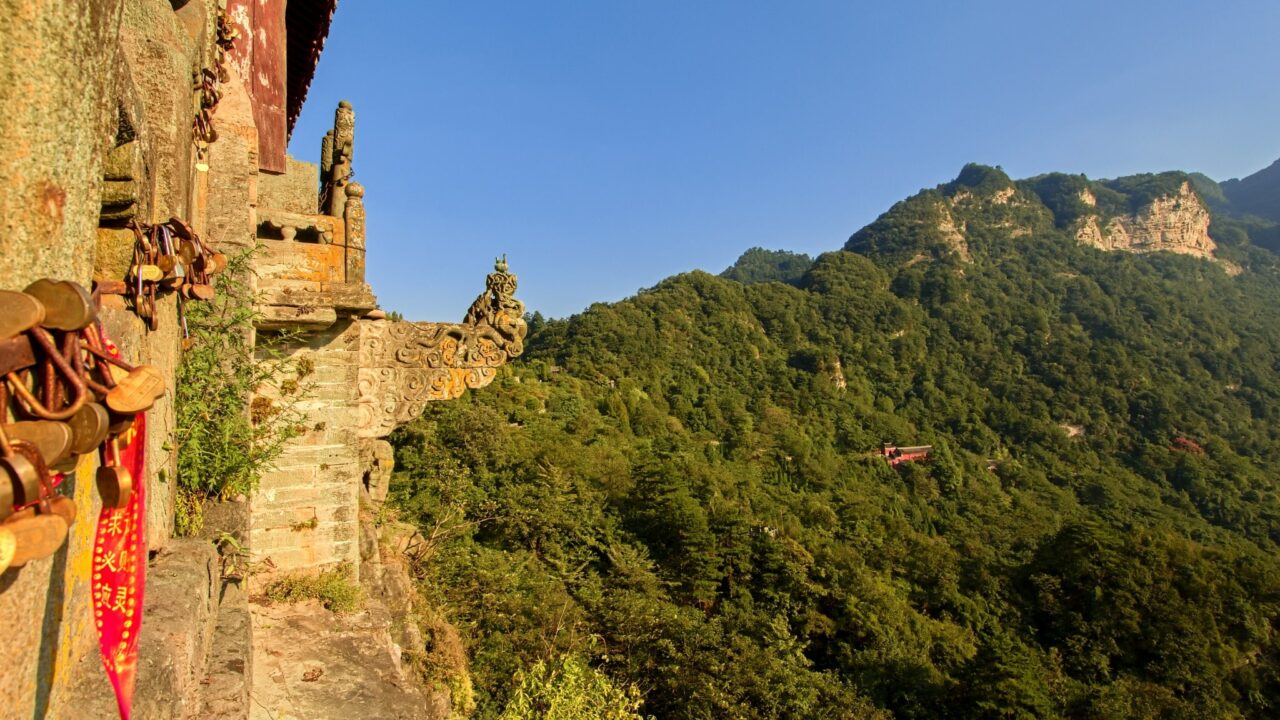
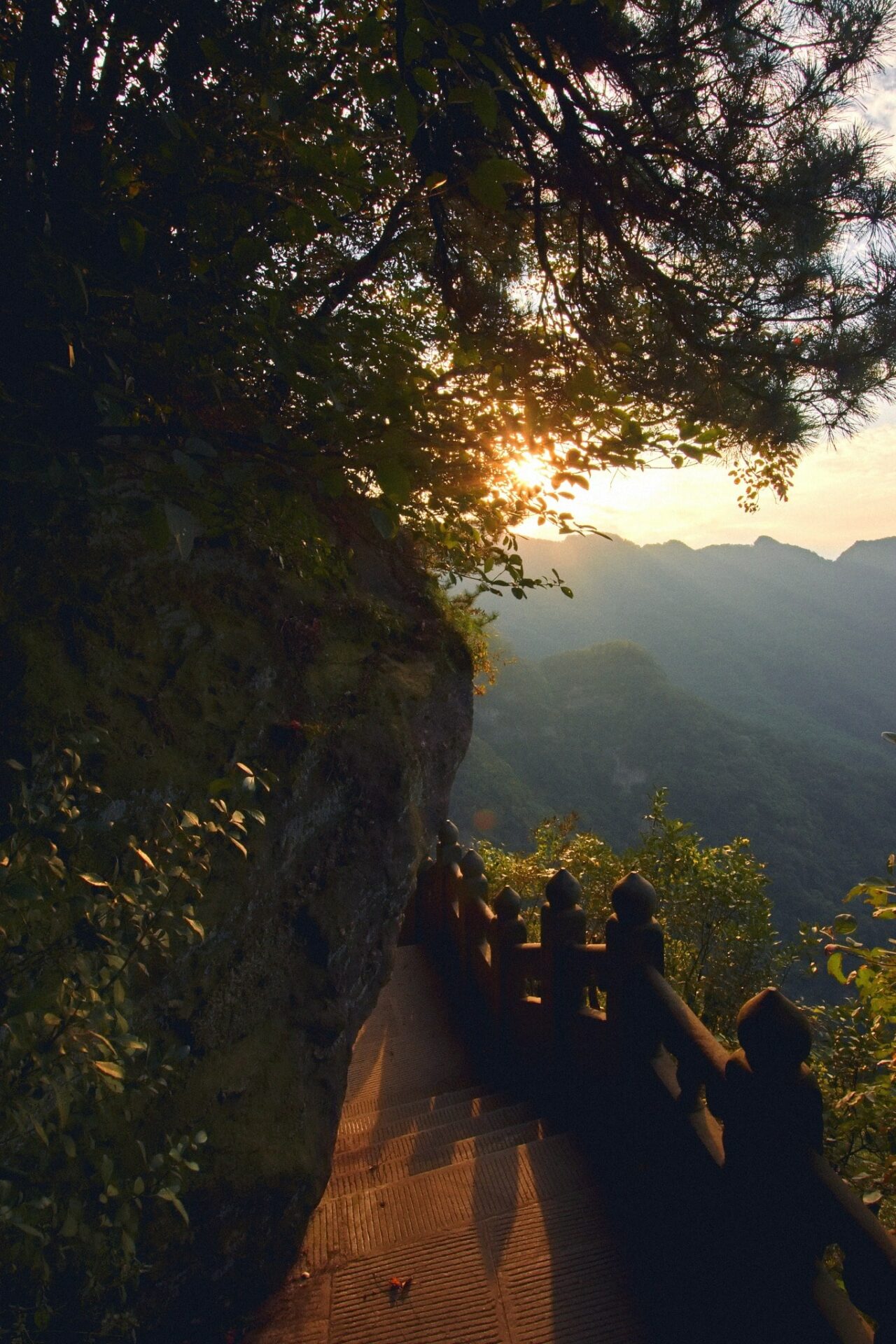


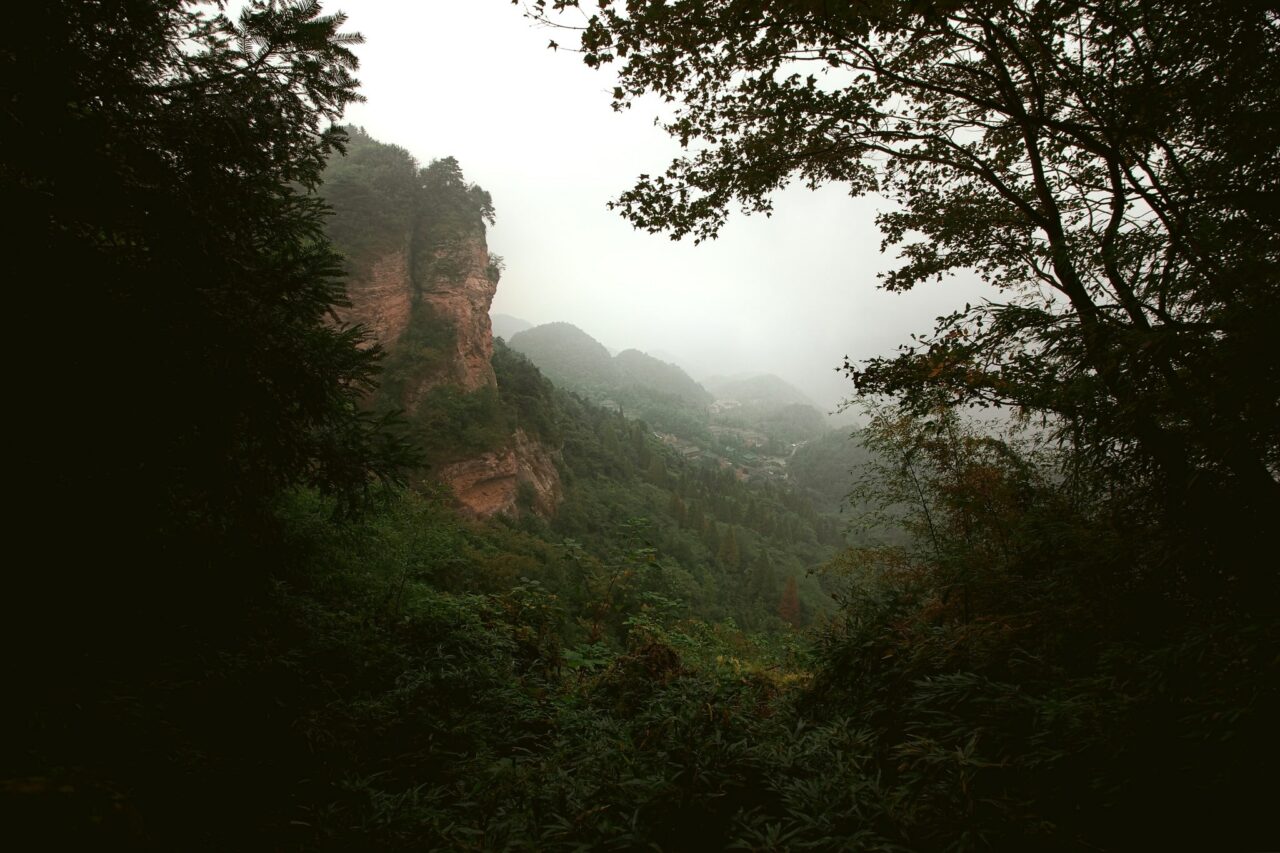


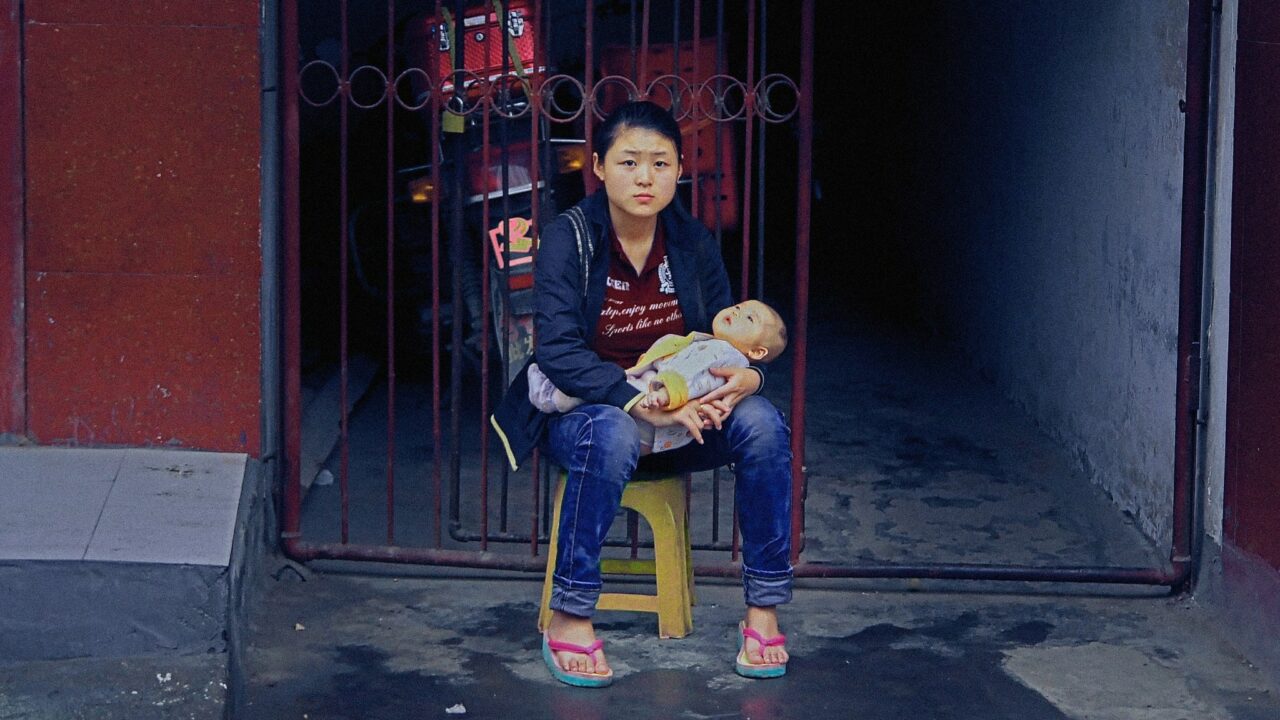



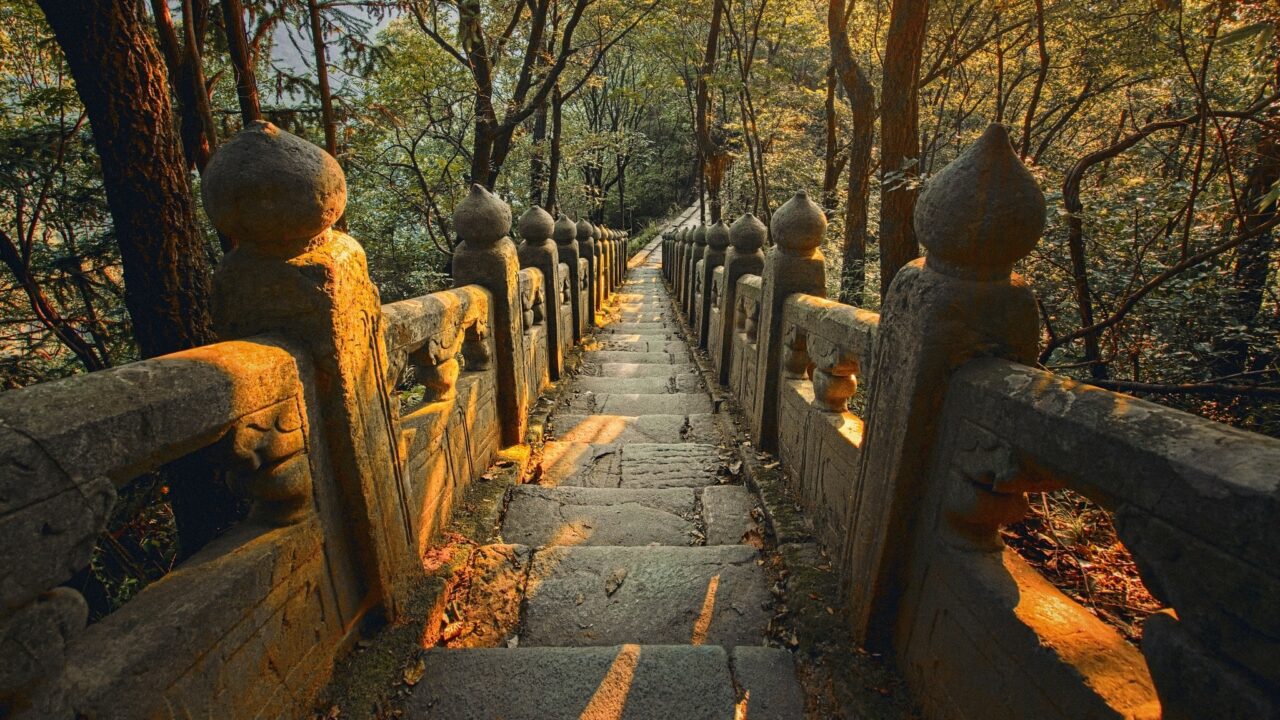
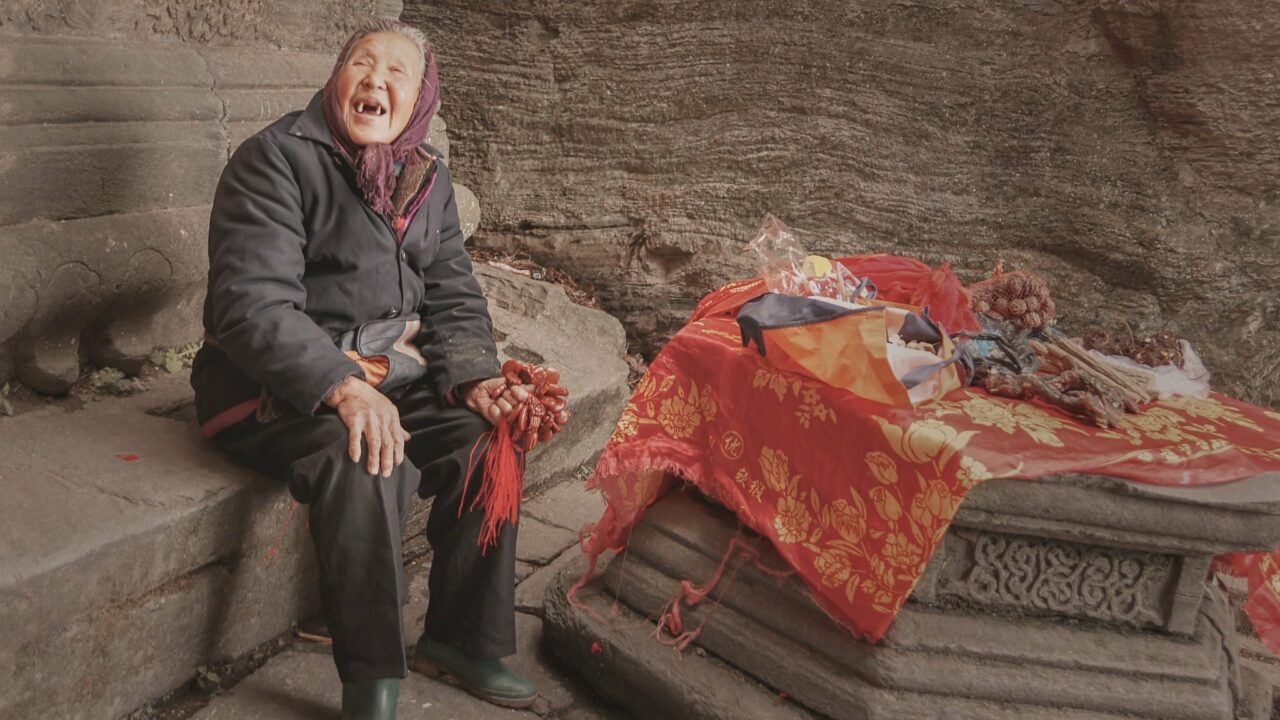
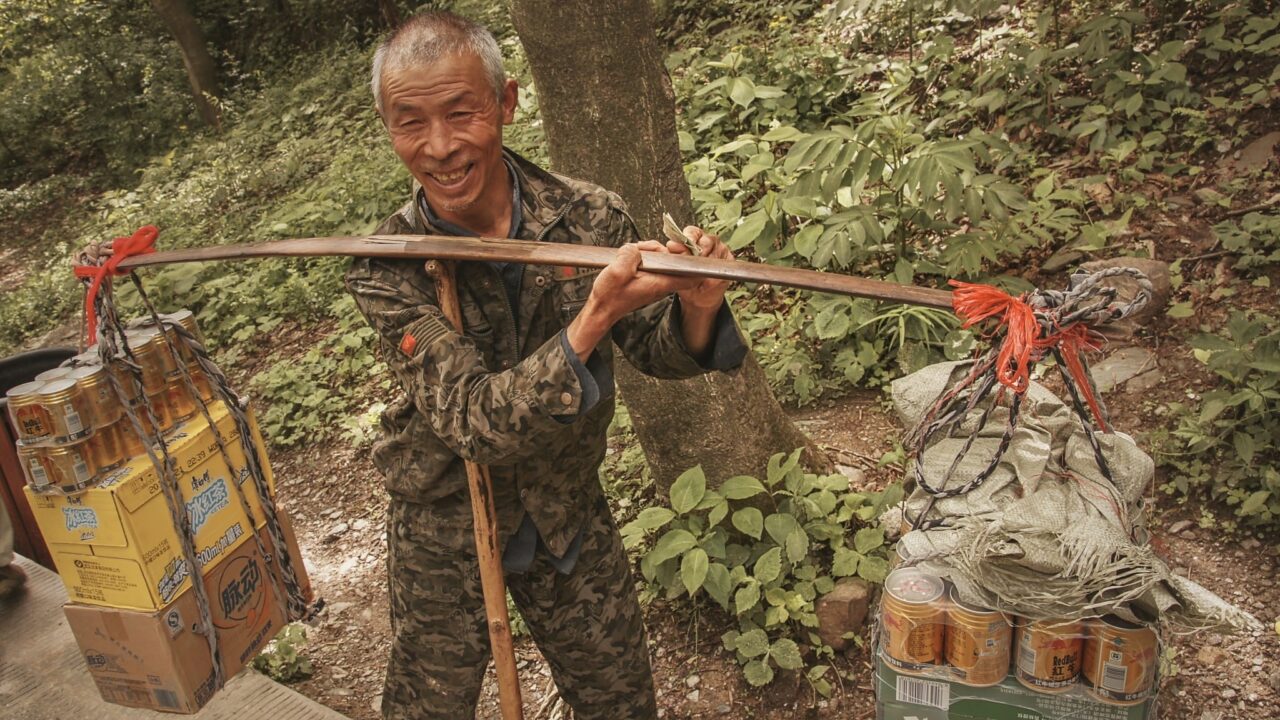
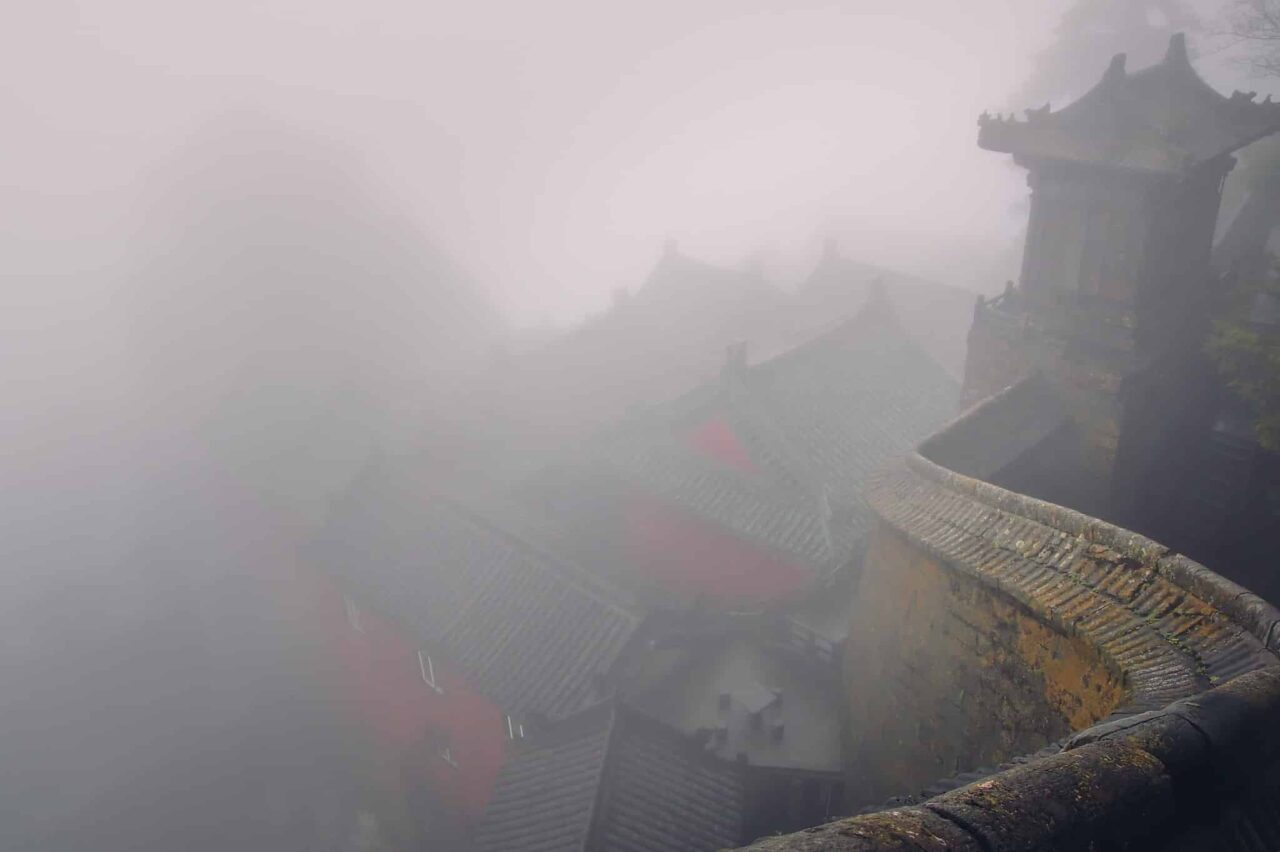
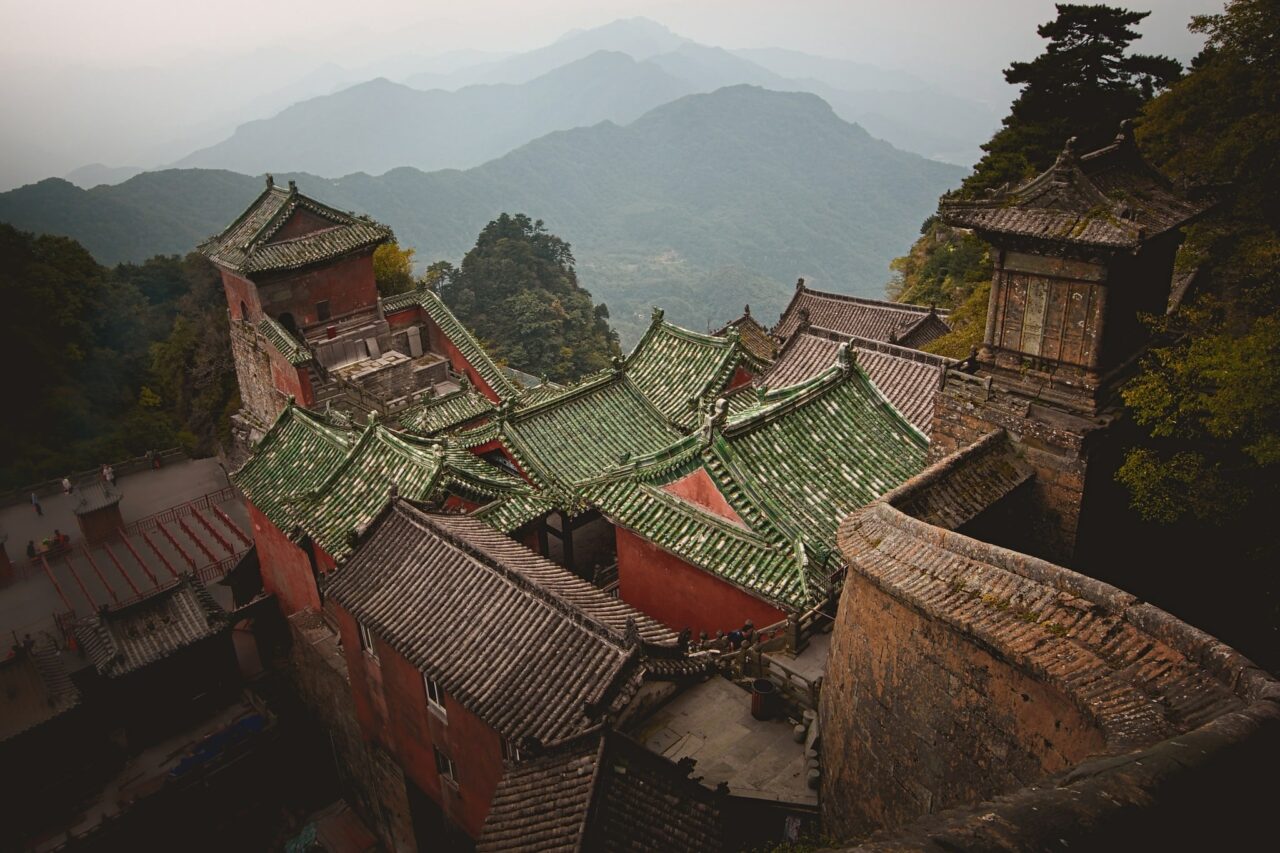
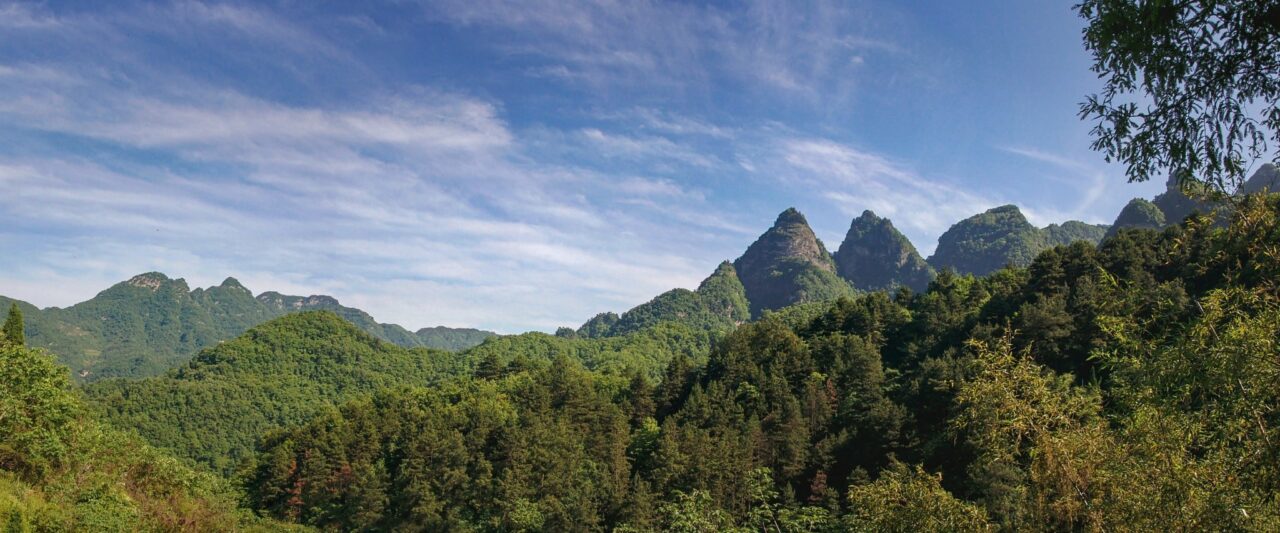
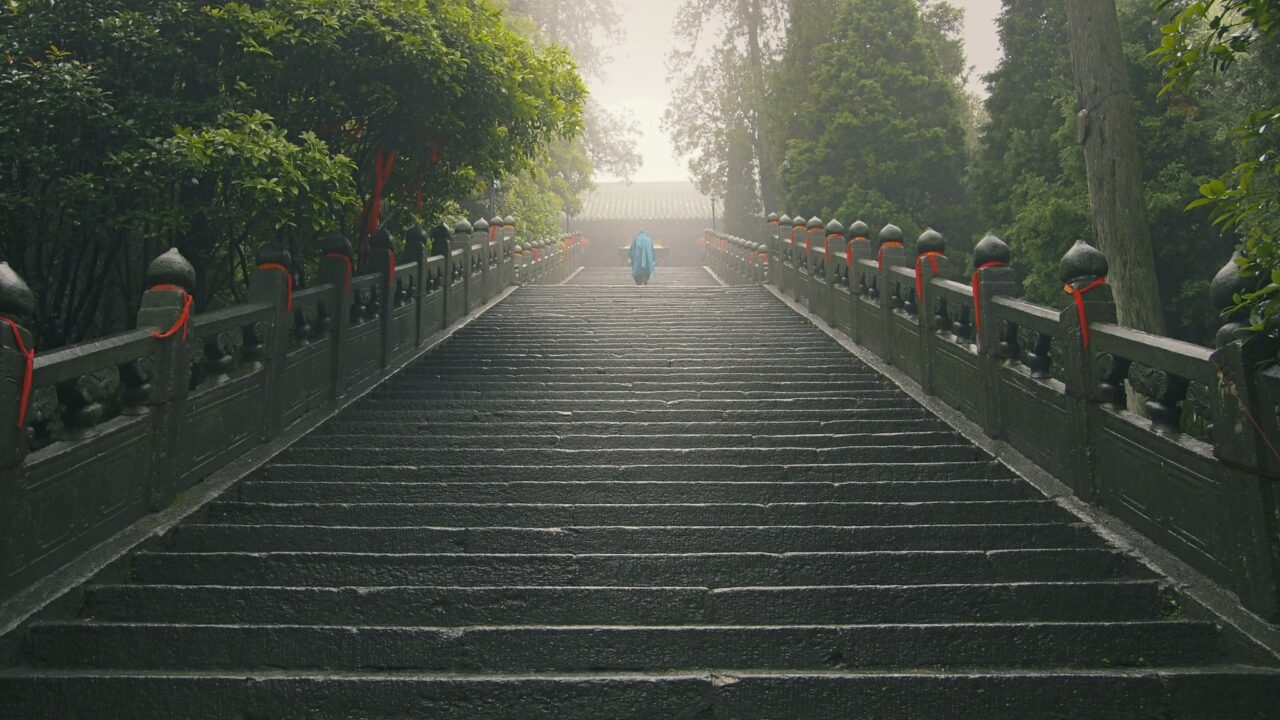
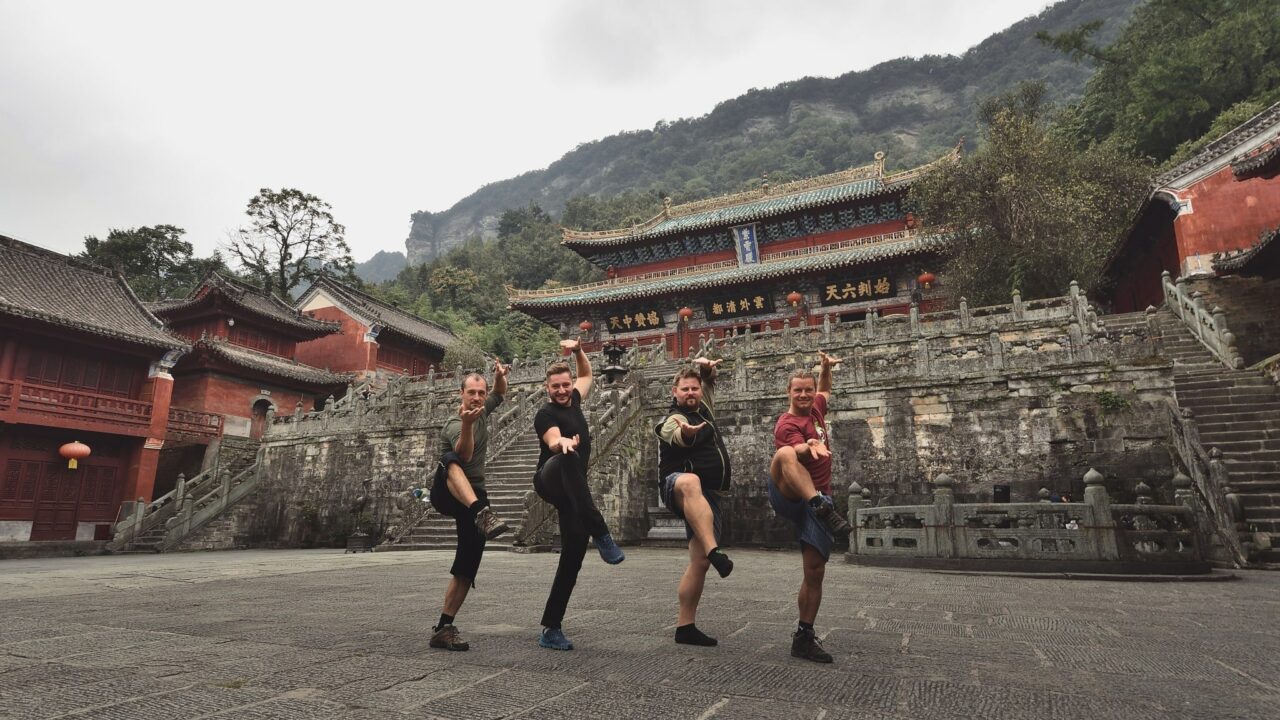
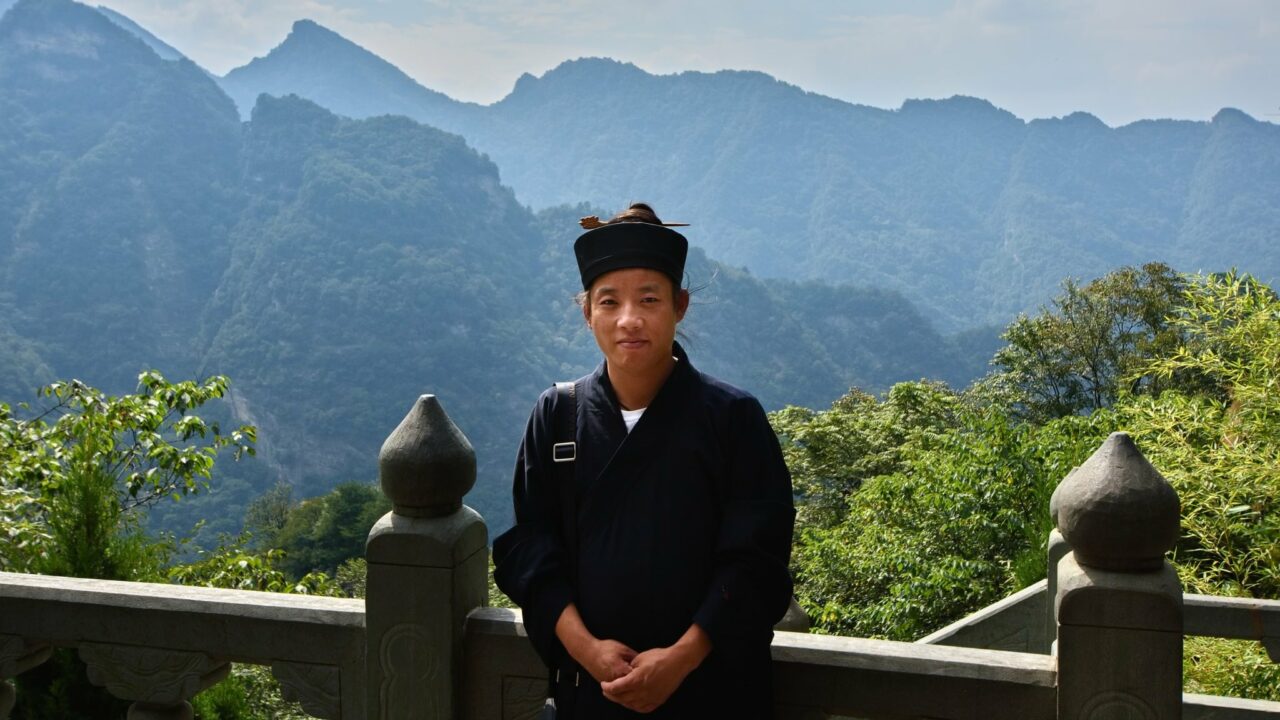
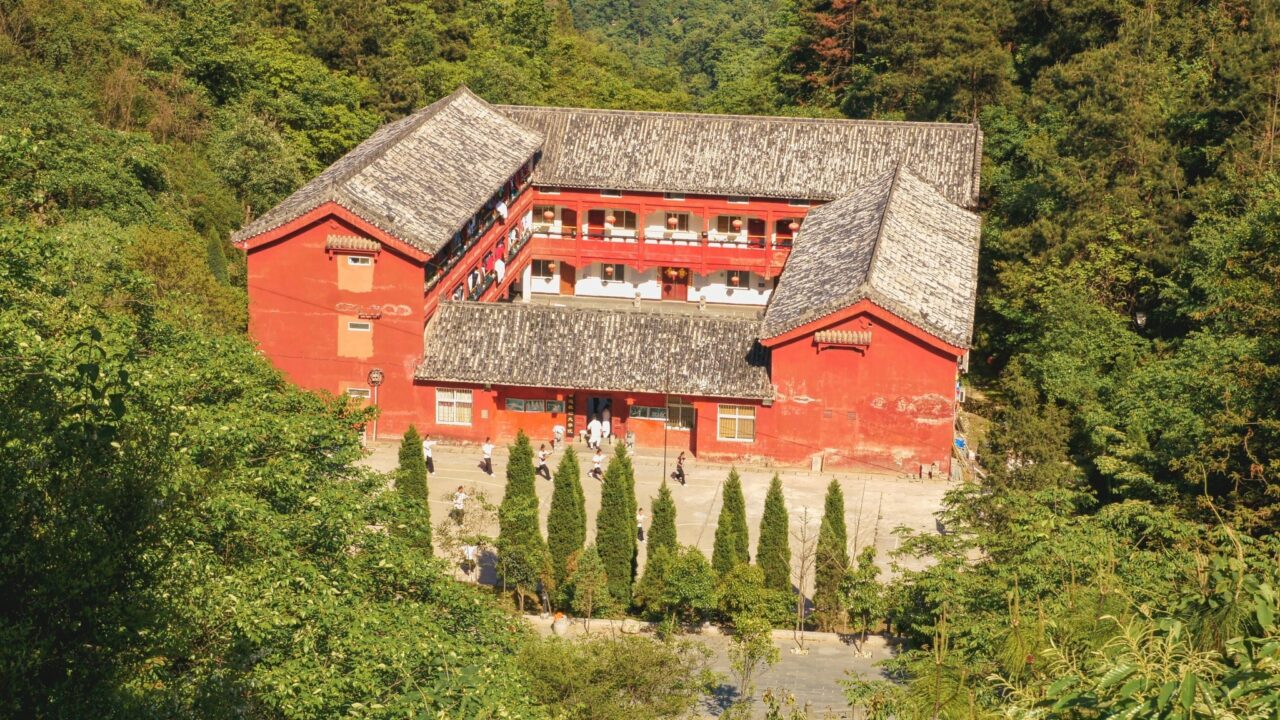
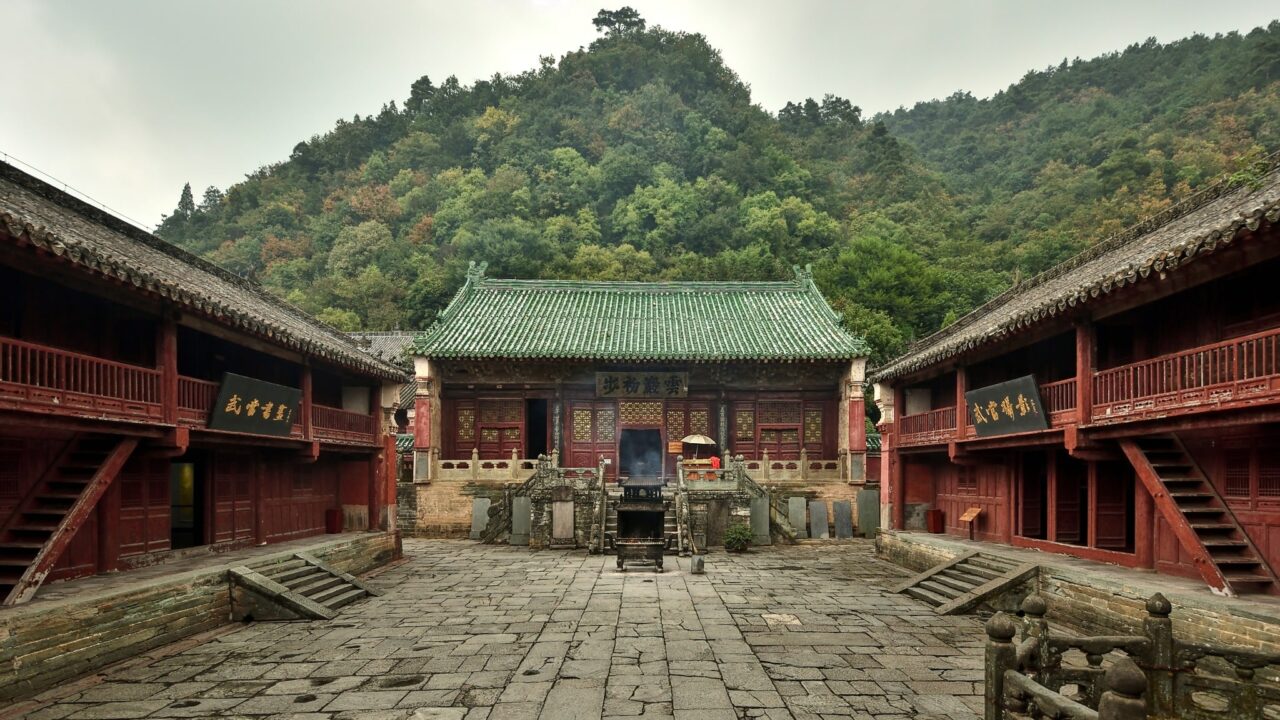

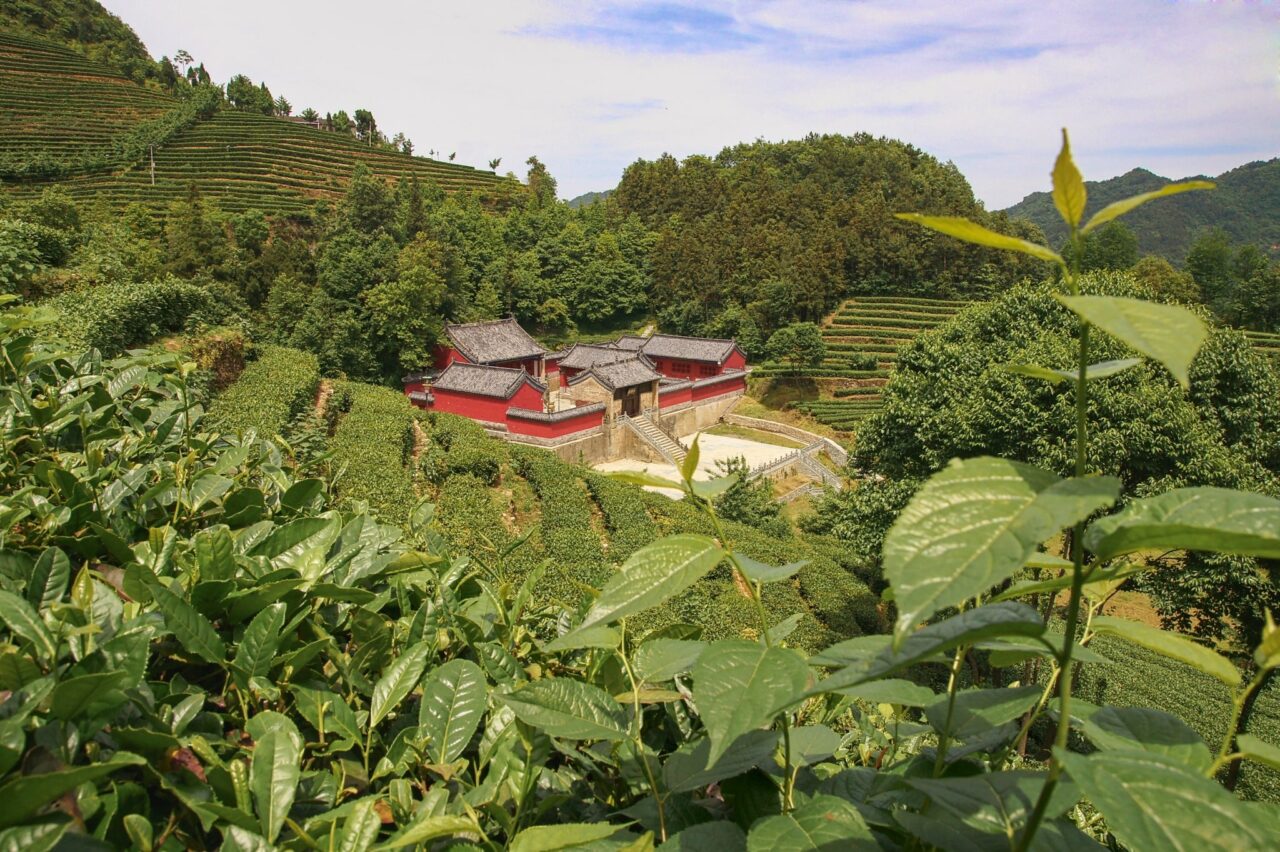
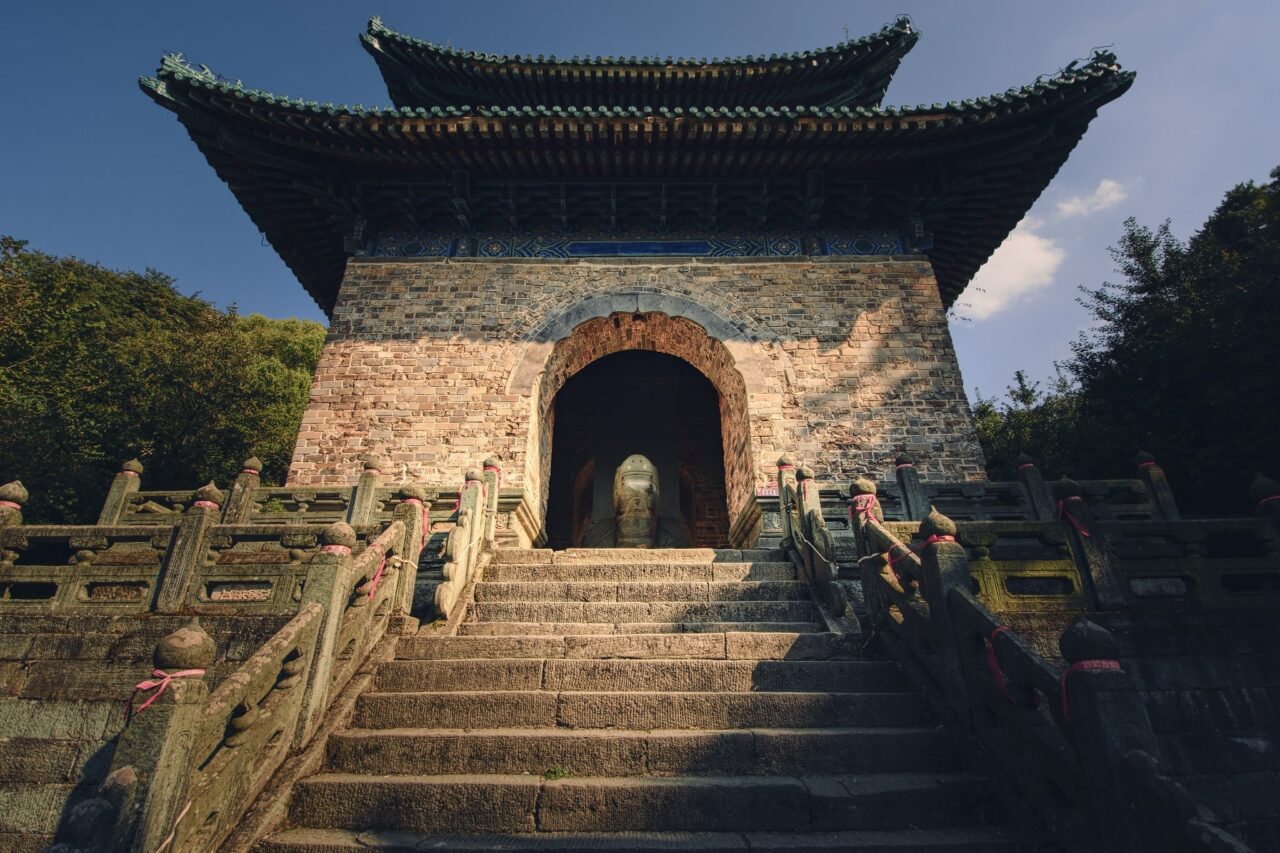
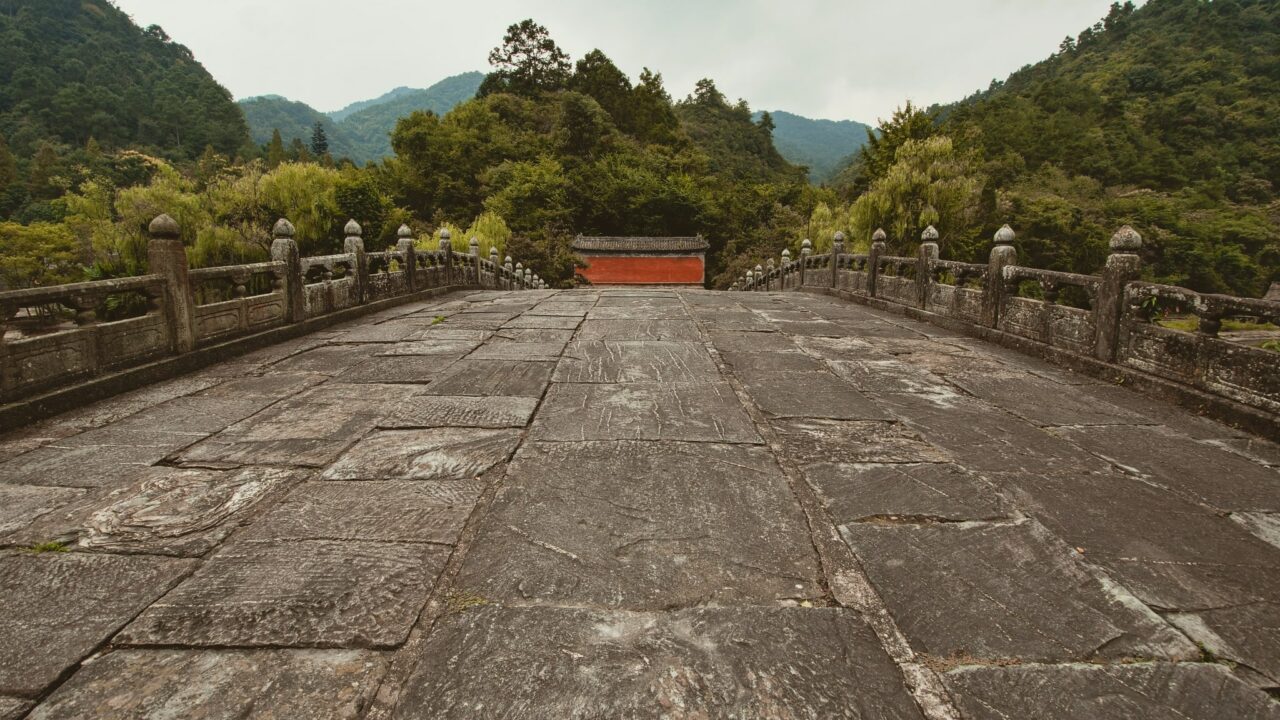

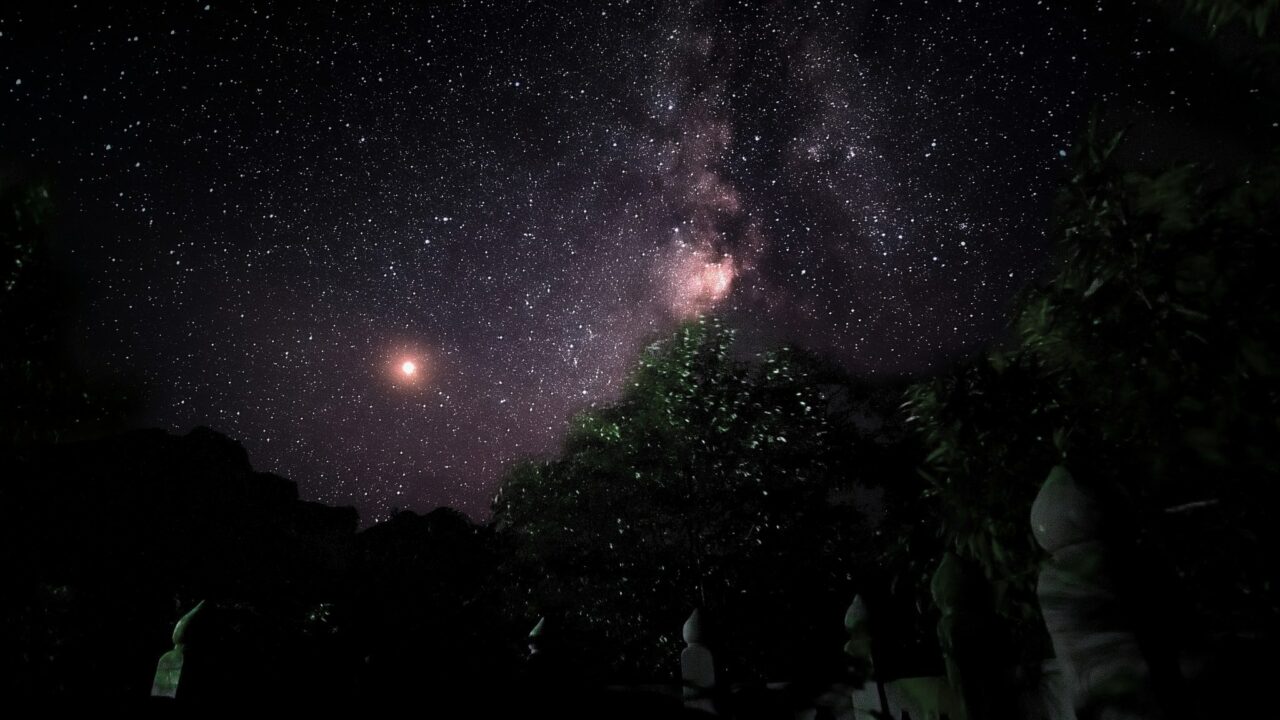
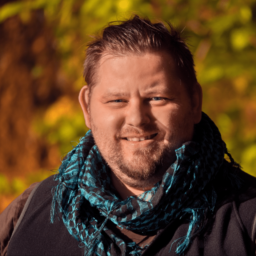
There are no comments yet.